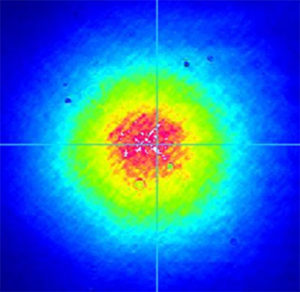
522 nm beam profile obtained by frequency doubling an IMRA FCPA µJewel laser
This note describes a simple set-up for second-harmonic generation (also known as “frequency-doubling”) of an FCPA µJewel to obtain green, pulsed light using off-the-shelf components.
Among the various nonlinear crystals available (BBO, KTP, BiBO, KNbO3, PPLN, etc.), we recommend the use of Lithium Triborate (LBO) for the following reasons:
- Non-Critical Phase Matching (NCPM) condition
- No walk-off
- Large acceptance angle → ease of alignment
Since the energy per pulse from the FCPA µJewel changes for different repetition rates, different focusing conditions are required for optimal conversion.
- Small Group Velocity Mismatch (GVM) allows longer crystal to be used → greater SHG output
- High damage threshold
Intensity = 45 GW/cm2, t = 100 ps @ l = 532 nm
(ref. Newlight Photonics)

LBO crystal SHG conversion with singlet lens
Set-up
Focus the laser output beam into the LBO crystal
(See Figure 1). It is not critical that the focus be perfectly centered in the crystal. Recommended optics are given in the next section. The beam should be incident nearly perpendicular to the crystal front surface. However, a minor tilt adjustment may be necessary to get the best conversion efficiency. While there are other suppliers for LBO mounted in an oven for temperature control, a product from Newlight Photonics is described in the table below for your convenience. See Table 1 and Figure 2 for more information.
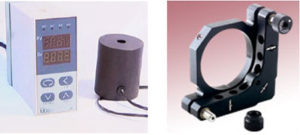
Figure 2: Equipment Photos. Left-Oven & Temperature Controller; Right-Kinematic Mount
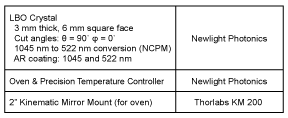
Table 1: Crystal assembly components
www.newlightphotonics.com / www.thorlabs.com
LBO temperature setting: 174.4°C (SNLO- see reference), adjusted for the best conversion.
Optics Selection
The focusing lens should be anti-reflection coated for 1 µm light and the collimating lens should be anti-reflection coated for ~520 nm to obtain optimal results.
Focusing Lens: The FCPA µJewel pulse energy varies for different repetition rates, so different focusing optics will produce the optimum conversion efficiency. The lenses in Table 2 are based on typical values of pulse energy at different repetition rates.
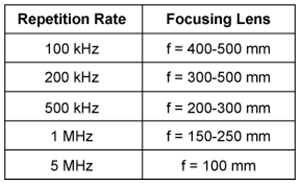
Table 2: Recommended focusing lenses for different repetition rates
Collimating lens: Selected for the desired beam size.
Conversion Efficiency
The conversion efficiency peaks at a certain crystal temperature (see Figure 3). The conversion efficiency can be up to 50%, as shown in Figure 4. It is recommended that maximum input laser power is used to generate SHG. If less power at ~520 nm is required, attenuate the converted beam.

Left – Figure 3: SHG Power vs. temperature efficiency at 200 kHz. Optimum is at 174.8 ° C.
Right – Figure 4: SHG efficiency at 200 kHz and f = 200 mm.
Spectra
The spectra for the input fundamental and the second harmonic generation are shown below.
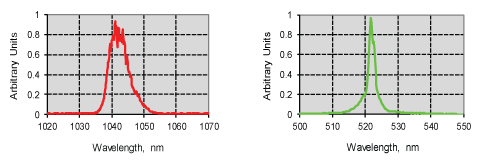
Figure 5: FCPA µJewel D-400 fundamental (left) and second harmonic (right) spectra.
Summary
Using off-the-shelf optics and a simple set-up, conversion of the 1 μm output of the FCPA μJewel laser to green output of ~ 520 nm is achieved with conversion efficiency of up to 50%.
*This is an application note only. IMRA no longer manufactures the FCPA µJewel D-400 fiber laser. For a comparable product please see the FCPA DX Series lasers.

